Big Sur, little lens
 |
Standing alongside the Bixby Creek Bridge in Big Sur, California. Processed to taste from Raw.
ISO 125 | 1/160 sec | F11 |
By virtue of a considerable quantity of dumb luck, we had timed it perfectly.
Our belongings shifted gently to and fro in our rented cherry-red Hyundai Sonata as we zig-zagged freely along Highway 1 in California’s Big Sur region, a stretch of road that has been described as the ‘longest and most scenic stretch of undeveloped coastline in the contiguous United States.’*
We were visiting Big Sur just into the off-season, with Highway 1 subdivided by a massive landslide to the south and a bridge closure to the north. As a result, the road was remarkably unoccupied, devoid of the typically ubiquitous caravans of gawking tourists.
Although the extensive closures tacked on about six hours of additional driving onto our trip, the journey along the famous Nacimiento-Fergusson Road – the only way in and out of the region cut-off by the closures – was unforgettable. Unfortunately, thanks to the rampant switchbacks, it was also literally nauseating. Can’t have it all, I guess.
It was into this scenario that I brought Canon’s diminutive 28mm F2.8 IS USM lens attached to an EOS 5D Mark IV; my only photographic tools for the duration of our time in central California.
Fitting into the lineup
 |
| Photograph courtesy Jordan Stead |
The Canon 28mm F2.8 IS USM is not a new lens by any means. So why write about it now? Well, for starters, we didn’t yet have a gallery on it here at DPReview. It also happens to be among the smallest and lightest full-frame Canon lenses around, and so a great way to (attempt to) minimize the bulk of bringing a full-frame DSLR on my vacation.
Announced back in early 2012 alongside its 24mm cousin, the 28mm IS is very straightforward. You get a rubberized focus ring with a fairly long throw, an AF/MF switch and a stabilizer on/off switch. And that’s about it.
Alongside Canon’s EF 40mm F2.8 Pancake and two ‘nifty fifties,’ it’s among the the lightest full-frame lenses that the company currently offers, though it is by far the most expensive of this group with a current MSRP of $ 499. Despite its price, the 28mm IS does not come with any claims of weather-sealing, which is a disappointment.
 |
I’m happy to report that, despite the lack of weather sealing, the EF 28mm F2.8 IS USM survived a few drops of salt water. Processed to taste in Adobe Camera Raw.
ISO 100 | 1/200 sec | F8 |
Regardless, the build seems very good. The outer barrel is polycarbonate, and the mount is metal. Due to the stabilizer, there’s a very slight rattle if the camera is jostled while the power is off, but the 28mm has an overall dense feel of quality to it.
For use on 30MP (and even higher pixel count) cameras, the 28mm is good, if not mind-blowing in terms of sharpness. There are also noticeable amounts of green and purple fringing if you leave those corrections off, but both the camera’s JPEG engine and Adobe Camera Raw tame those handily, so it’s rarely an issue.
 |
| Corrections off |
Corrections on |
I actually quite like some vignetting, and in certain situations, I think it can add to a certain ‘mood.’ It certainly won’t be everyone’s cup of tea, though.
The biggest issue you’re likely to run into comes in terms of vignetting, which is readily noticeable with this lens. In particular, if you have the corrections turned on within Adobe Camera Raw, the corner exposure will be lifted enough as to perhaps introduce unwanted noise, especially if your image was already taken at a higher ISO value.
Recommendations
I’ll freely admit that I haven’t been much of a 28mm guy until this past year and half. That changed after I was tasked with reviewing the Leica Q, and subsequently purchased a secondhand Nikon Coolpix A as a casual carry-everywhere camera.
 |
Without a super fast aperture or a telephoto lens to fully isolate subjects and blur backgrounds into oblivion, the 28mm F2.8 IS USM made me slow down and focus on my compositions more. Processed to taste in Adobe Camera Raw.
ISO 160 | 1/125 sec | F4 |
What I find most intriguing about the 28mm focal length this Canon offers is that it forces me to think more holistically about the images I’m making. Without telephoto compression or a faster aperture to more easily isolate my subject, the context becomes nearly as important as the subject itself.
When I pick up a 35mm, 50mm or 85mm lens, I know that I’m likely going to get a faster aperture, and more background compression, making the scene look a little more ‘interpreted.’ When I pick up a 24mm-and-wider lens, I’m often doing my very best to exaggerate the perspective between objects that are both near to me and far away for a more interesting look.
But with 28mm, I feel almost as though I’m simply documenting what’s happening in front of me without letting the optics of wider or more telephoto focal lengths influence the look of the scene.
 |
Processed to taste in Adobe Camera Raw.
ISO 100 | 1/250 sec | F8 |
In other words, it’s a fun challenge if you’re used to those other options. As with many photographers, I’ll admit I sometimes find myself relying on fancy gear as a crutch to make a photograph more ‘interesting.’ On the other hand, this 28mm lens just got out of the way and recorded what I put in front of the camera; it was up to me to make the most of my subjects and compositions.
If you haven’t given 28mm a try, I’d certainly recommend it, and if you happen to be a Canon shooter, the EF 28mm F2.8 IS USM represents a solid, lightweight and affordable option.
Samples
Please do not reproduce any of these images on a website or any newsletter / magazine without prior permission (see our copyright page). We make the originals available for private users to download to their own machines for personal examination or printing (in conjunction with this review), we do so in good faith, please don’t abuse it.
Unless otherwise noted images taken with no particular settings at full resolution. Because our review images are now hosted on the ‘galleries’ section of dpreview.com, you can enjoy all of the new galleries functionality when browsing these samples.
$ (document).ready(function() { SampleGalleryV2({“containerId”:”embeddedSampleGallery_6264240715″,”galleryId”:”6264240715″,”isEmbeddedWidget”:true,”standalone”:false,”selectedImageIndex”:0,”startInCommentsView”:false,”isMobile”:false}) });
* Per Wikipedia: Marvinney, Craig A. (1984). “Land Use Policy Along the Big Sur Coast of California; What Role for the Federal Government?”. UCLA Journal of Environmental Law & Policy. Regents of the University of California. Accessed 22 August 2016.
Articles: Digital Photography Review (dpreview.com)
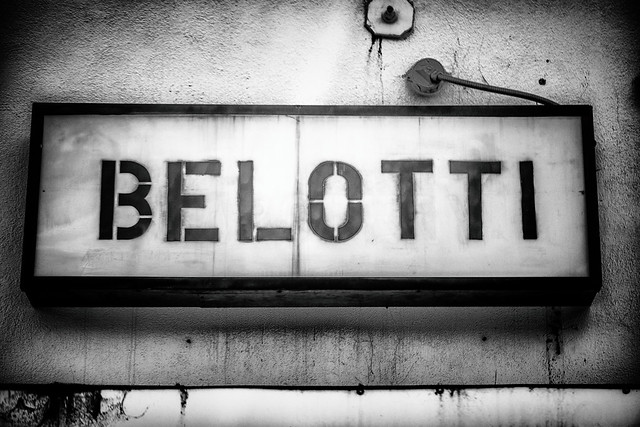

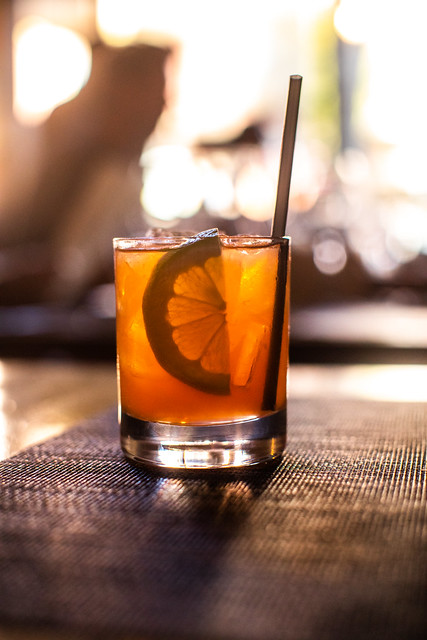
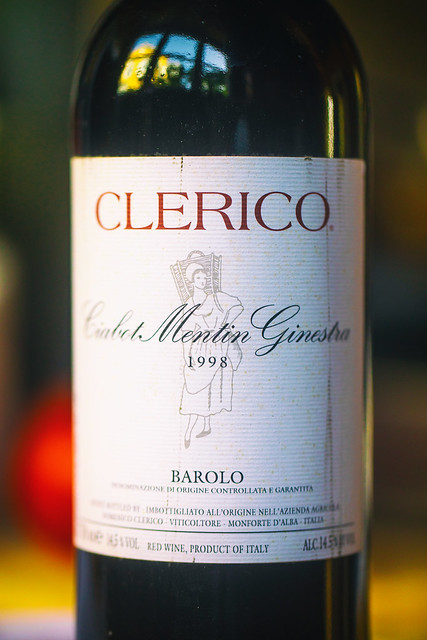

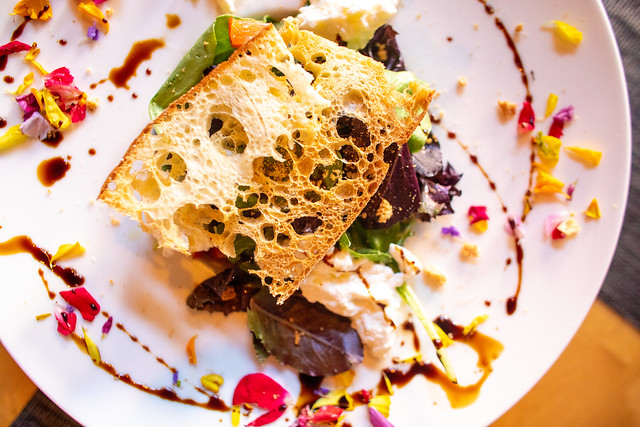
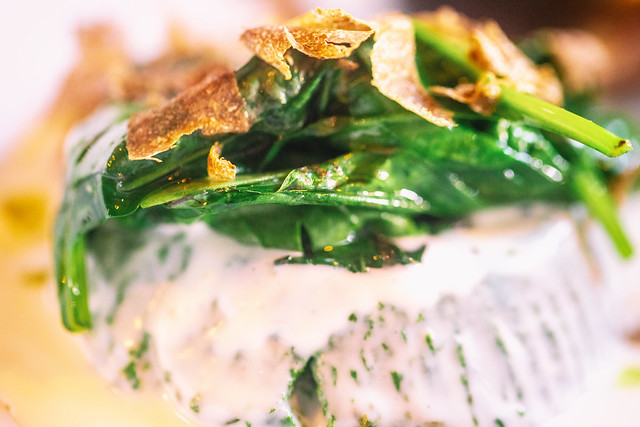

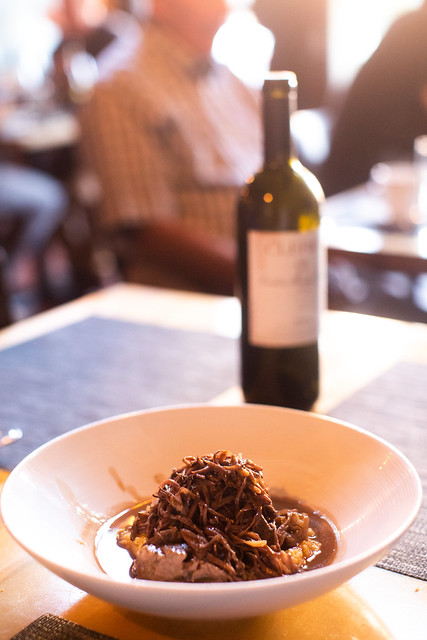

















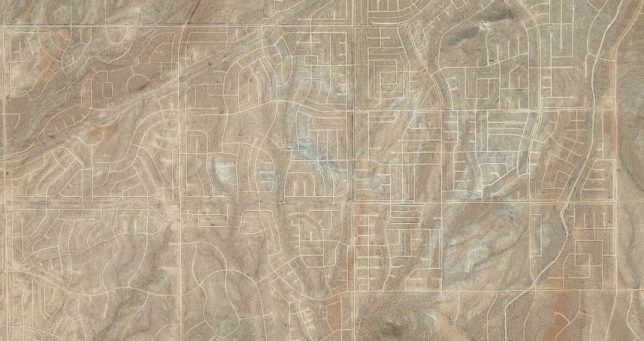
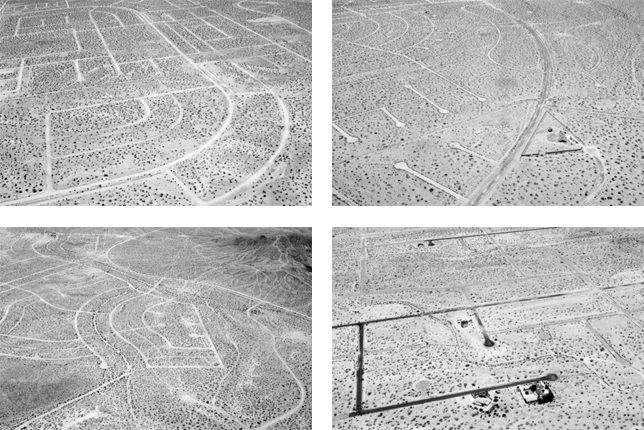
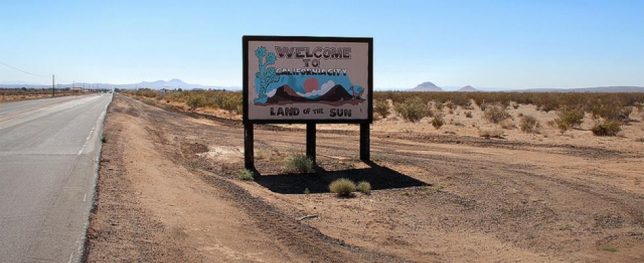
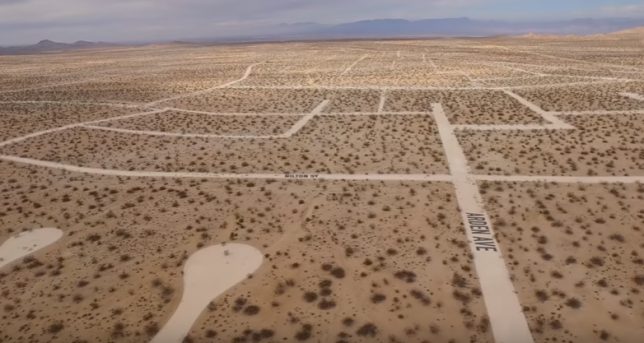




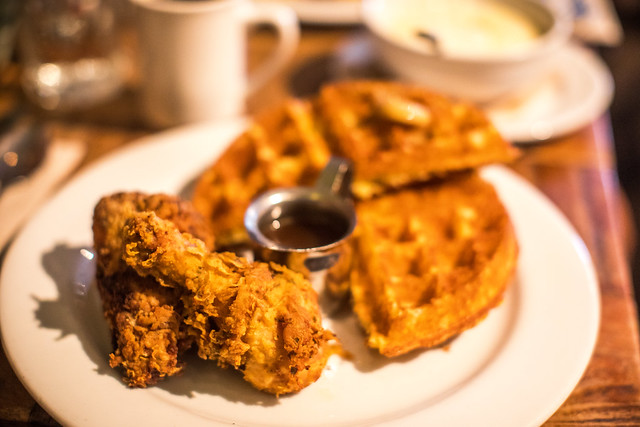



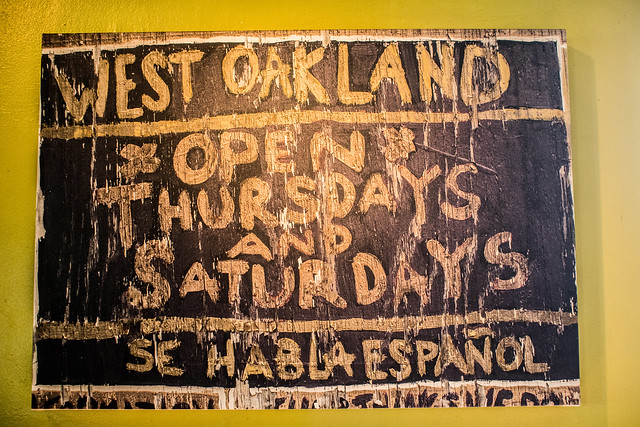

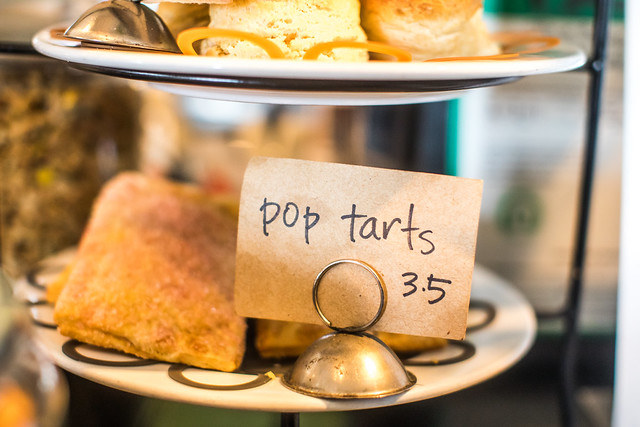





You must be logged in to post a comment.